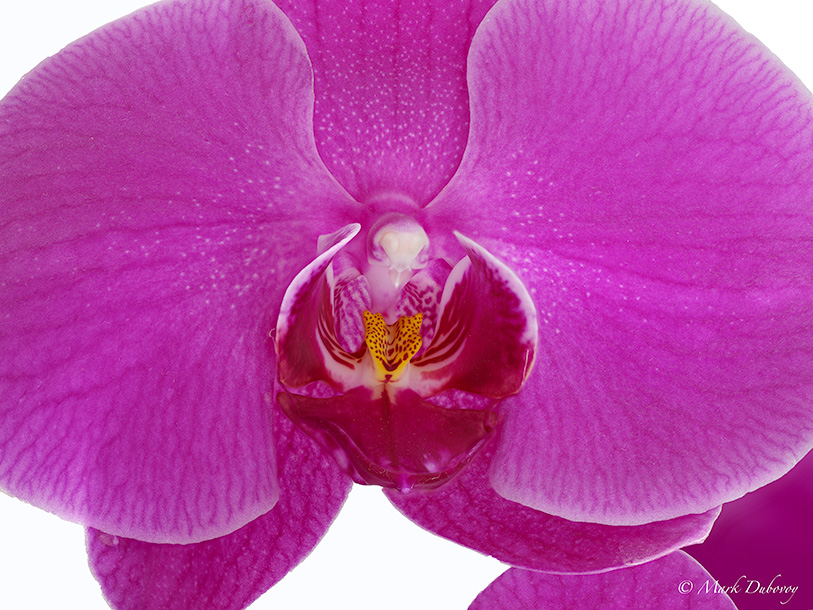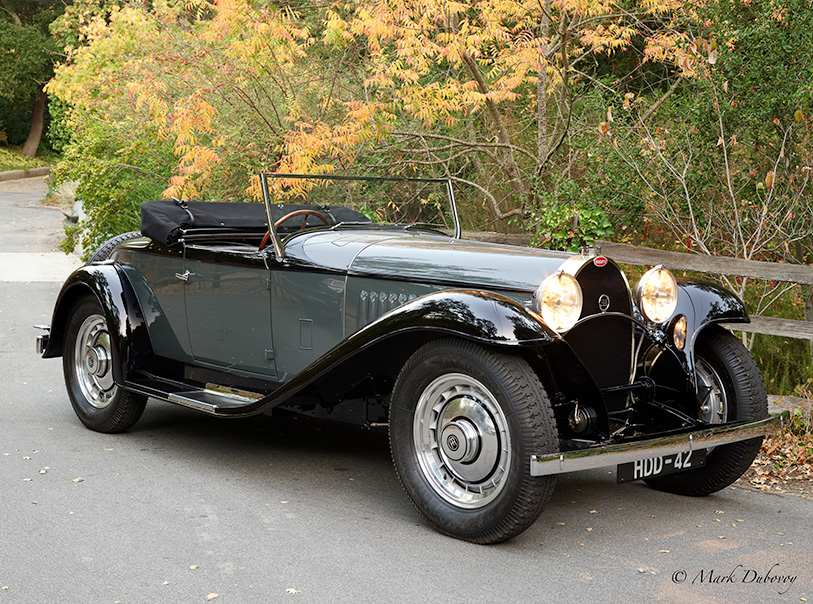Introduction
We live in a society that seems to be consumed with youth and obsessed with features in all living things that tend to be young and flawless.
When it comes to photography, I have noticed a tendency to photograph either very young or very old subjects. Many subjects in the middle seem to be neglected, particularly those in what I would call “the last third” of their life.
Since I am myself in that last third of an average lifespan, I have recently developed an interest in photographing living subjects such as the yellow roses that are the main image in this article.
I believe that these three flowers have a beauty of their own that young flowers do not have. They also have tremendous expressiveness. I would like to encourage you to pause and examine this image carefully. Enjoy the wrinkles and imperfections, but most importantly, please observe the differences in posture and “facial expressions” of each flower.
If you take a little more time to examine this image, you might notice the stunning accuracy and purity of color, the lack of noise, the impressive amount of detail and the feeling of seeing 3D objects.
The image is a focus stack of 24 individual images. Each exposure was roughly one minute. I did not use any special lighting or a fancy setup. I simply placed the flowers on a vase and positioned the flowers and the camera in such a way that the background was the white ceiling of my home.
The PhaseOne XF camera with 120 mm Macro lens did a superb job as usual. Having said that, the new IQ 3 100 Trichromatic back elevated this image into a different realm versus any other capture instrument I have ever used before. I was simply stunned by the negligible amount of noise and the accuracy and purity of the colors. I was also amazed at how well this back captures subtle changes in tonality and subtle color transitions. By comparison, the other digital backs I have used before seem noisy and somewhat color deficient.
The end result is not only an image that looks amazingly clean and accurate down to the most subtle nuances of color and detail, but there is more. In most cases, the images from the Trichromatic back have more of a 3D feel versus its predecessors. The dynamic range of the new back is also noticeably higher than the IQ 3 100, and this shows very clearly when comparing images.
A big surprise to me is that in some images visually the resolution seems higher than the same image shot with the older IQ 3 100 that has the same number of megapixels (more on this later).
Disclaimer
Please be aware that the images in this article are in JPEG format and sRGB color space. As such, there is no way that the reader can really appreciate what the IQ 3 100 Trichromatic back is capable of delivering.
It is also important to point out that many readers will be using laptops or mobile devices or computers that do not have carefully calibrated graphics grade display screens. Unfortunately, even top of the line graphics monitors cannot approach the color gamut or the resolution of the Trichromatic back. They also cannot approach the color gamut and resolution of a good print.
Therefore, I caution the reader to read the text and realize that the images are for illustrative purposes only and not a complete representation of the results one can obtain from a Trichromatic back. To really understand and appreciate what the Trichromatic back can deliver, one must use the device and then not only work with the RAW files, but also look at well made prints.
Various websites have posted Trichromatic RAW files for download, but I feel that not knowing exactly how the scene looked like and how it was shot leaves you without key elements to appreciate what this device can do.
Basic Concept
In terms of form factor, control layout and functionality, the Trichromatic back is essentially identical to the IQ 3 100. Except for the small engraved Trichromatic logo and the word “Trichromatic”, the two backs look identical to each other. Inside the backs, however, there are significant differences.
The basic concept of the Trichromatic back came about because of the extensive experience that PhaseOne had with digital sensors produced by various manufacturers over a period of decades.
Camera manufacturers (including those with their own semiconductor facilities) have to live with the hardware that the sensor foundry supplies to them. While PhaseOne has been quite involved in the sensor design for their cameras for quite a long time, regardless of how perfectly a sensor might be theoretically designed, in the end they have to accept the sensor chip that the sensor foundry is willing and able to deliver to them.
It is fairly clear that PhaseOne has ample experience that makes them uniquely aware of sensor issues and uniquely qualified to try to mitigate a number of sensor issues that adversely affect image quality.
Two of the major issues that affect image quality are what I will call color contamination and different sensitivity to different wavelengths of light.
- Color Contamination- As most of you know, color sensors contain filters, typically red, green and blue. Unfortunately, these filters are far from perfect. In other words, a typical sensor’s blue filter, which is supposed to let only blue light go through it, in reality lets a fair amount of red and green light get through. Similarly, the other two filters are also far from perfect and let the “wrong” colors of light get through in varying amounts. This color contamination produces a number of undesirable effects in the final image, such as inaccurate colors, colors that look “dirty”, color fringing (particularly in areas with sharp edges or high contrast), and others.
- Variable sensitivity- In general, sensors react differently to different wavelengths of light. For example, there are sensors that react to red light much less than they react to green or blue light. Therefore, the red signal is a lot smaller than, say, the blue signal. As a result, a camera manufacturer using one of these sensors is forced to amplify the red signal to equalize it with the signal from the other colors. But doing so increases noise substantially because the noise produced by the sensing elements under the red filters is also being amplified. As one moves across the entire visible spectrum, this kind of variability and use of amplification to equalize the signals can make a significant difference in image quality.
I am told that a few key members of the technical staff at PhaseOne were very keen on trying to solve these two problems and convince a sensor manufacturer to manufacture a sensor that would greatly ameliorate these issues. This is what gave rise to the technical effort between PhaseOne and Sony that eventually led to the new Trichromatic back. While the sensor is in many ways quite similar to the older IQ 3 100 sensor, modifications have been made that result in ultra pure filters with extremely small amounts of color contamination and a sensor with much closer to ideal sensitivity response across all wavelengths.
A more detailed explanation of these technical improvements is beyond the scope of this article and can be found here.

Orchid. Focus stack of 40 images. PhaseOne XF with 120 mm Macro lens and Trichromatic back.
Representative Images
The first two images in this article are images of flowers. I chose to use flowers for some of my tests, because it is quite difficult to photograph flowers and have the camera deliver truly accurate color and dynamic range.
I used low light levels, long exposures and in a number of cases focus stacks to really test the back under somewhat adverse conditions. It passed the test with flying colors (pun intended!).
In my experience, the Trichromatic back establishes a new standard when it comes to delivering accurate color and dynamic range for these kinds of subjects. Add to that the almost complete absence of noise and 100 Megapixel resolution and the results are sensational.
The amount of time that can be saved by significantly reducing the need for editing when using this back should not be underestimated. This applies to flowers for sure, but it also applies to many other types of subject matter.
Speaking of other kinds of subject matter, the following image of a rare collectible car was taken at sunrise.

Bugatti. PhaseOne XF with 55 mm lens and Trichromatic back
The color of this automobile is extremely subtle and very unique. The Trichromatic back nailed it straight out of the camera. The subtle color transitions across the car and throughout the scene were captured with exquisite detail.
With its extreme dynamic range, the Trichromatic back also nailed the highlights in the wheels and the bumper.
Although not as clearly visible in a JPEG on the web as it is in the full resolution wide color gamut file, the detail captured from the deepest shadows all the way to the bright headlights is really impressive.
In my experience, other cameras and other capture devices would have had a lot of trouble capturing this image nearly as well as the Trichromatic did.
The Enigmas of 3D and Higher Apparent Resolution
- 3D- The images from the Trichromatic back consistently look more three dimensional than images shot with any other photographic capture device I have used in the past.
- Apparent Resolution- With some regularity, but not all of the time, images from the Trichromatic back also appear to have higher resolution versus images shot with the IQ 3 100. This happens even though parts of the sensor are identical and even though the number of Megapixels is the same.
I do not have a scientific explanation for these two phenomena, which is why I use the word “enigma”.
My speculation is that somehow the combination of lack of noise, color accuracy, high dynamic range and lack of color contamination give the images a “crisper and cleaner” look that enhances the 3D feel for the viewer.
In terms of the apparent higher resolution in some images, my best guess is that the lack of color fringing makes sharp edges and high contrast borders cleaner and more distinct, and when an image contains enough of these elements it triggers the eye brain system of the viewer to perceive higher resolution.
I would like to emphasize that the above are just my best guesses and speculation.
I leave these enigmas to be properly explained by the folks who have the knowledge, facilities and resources to perform the necessary scientific studies and/or experiments. As a photographer, I simply enjoy and utilize as best I can these new improvements in image quality.
Evolutionary or Revolutionary?
These famous two words are highly overused, but I thought it would be appropriate to express my feelings about the Trichromatic back as it relates to these two words.
The introduction of this back took me (and many others) completely by surprise. This was not the type of product introduction one would expect from a traditional product roadmap (more Megapixels, higher ISO’s, better high ISO performance, etc.) that we are all so used to seeing. It really came out completely out of left field both, in terms of timing as well as in terms of how it differs from all previous MF digital backs.
Therefore, I consider the Trichromatic back to be revolutionary, as opposed to evolutionary. It is a product that was completely unexpected. It is outside of the usual evolution of digital photography products.
Conclusion
The PhaseOne IQ 3 100 Trichromatic back represents a unique advancement in the state of the art of digital photography. It not only establishes a new benchmark in image quality for MF backs, but it improves image quality in areas rarely, if ever talked about in photography websites, conferences, workshops or publications.
The Trichromatic back performs beautifully, it’s built like a tank and it feels, looks and operates almost exactly like its predecessors.
To me, the ultimate test of a photographic tool is whether I use it often and whether it brings satisfaction as well as an improvement in my work.
Each time I use the Trichromatic back I am delighted with the results. Periodically I feel surprised all over again by the superb image quality it delivers. This device constantly motivates me to seek new challenges and to develop new skills that will help me become a better photographer. All of this proves to me that the IQ 3 100 Trichromatic back is without a doubt one of the best photographic tools in existence today.






Your Thoughts